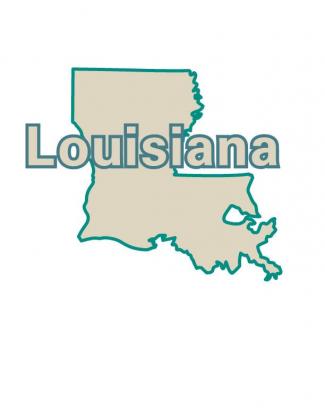
Jim Bradshaw
I have never been without a library card for at least 65 years, and I still regard mine as one of the most important things in my wallet. I can say without a doubt that my life would have been far different, and certainly less rewarding, without libraries.
I got my first card even before I started school. My mother was an avid reader and took me with her on her weekly visits to the library. She’d always check out a book for me, and it wasn’t long before I wanted a library card of my own. The librarian said I could have one as soon as I could sign my name on the check-out card.
I struggled for weeks to learn how to write my name in cursive script and proudly signed up for that first card. That’s when the librarian said something about my writing in script so young. When Mom told her how I’d worked to learn it, the librarian said, “Oh, he could have just printed his name” — which I’d already known how to do.
That first library card was my introduction to ideas and stories and worlds that I would have never imagined without books.
I was lucky, too, because my grandfather had all of the classics in his library: “The Count of Monte Cristo,” “The Three Musketeers,” “Robin Hood and His Merry Men,” “King Arthur and His Knights.” I read them all. “Oliver Twist” was my introduction to Dickens. I immediately began building a raft after reading “Huckleberry Finn,” and poled it around the lake for several summers.
I liked sea stories. I read “Treasure Island,” “Two Years Before the Mast,” and “Robinson Crusoe” more than once. “Swiss Family Robinson” was the inspiration for my first treehouse. After I read “Lafitte the Pirate,” the treehouse became the deck of one of his ships.
Reading for pleasure became (and still is) my favorite avocation, and that was important because the other life-changing thing that reading and books and libraries gave to me at an early age was the idea of writing.
When I was about 10, I sent a poem to Dog World magazine:
My dog is a silly thing,
It likes to sleep all day.
But when it’s time to go to bed,
It wants to romp and play.
Dog World published it and sent me five dollars. Five dollars! That was big money. In those days that bought 50 comic books, or 25 comics and 25 candy bars.
That was when I found out that you could get paid for writing, and decided that was what I wanted to do. I have been one of the most fortunate men in the world because I have never had to do anything other than what I most enjoy. But it took me a while to refine that idea.
Despite my prodigious success as a poet, I found out quickly enough that I was not destined to be a Longfellow. After that, I tried to mimic Hemingway, then Steinbeck, even Erle Stanley Gardner. Fiction writing also proved not to be my destiny.
I didn’t know what I was going to do, until my freshman English professor asked me to stay after one of his classes. I thought I was I trouble, but it turned out he wanted permission to put one of my essays in a journal for young writers. He suggested I was a pretty good essayist, so I immediately began to try to write like E.B. White of the New Yorker magazine (still one of my writing idols). I couldn’t do it, of course, but over time I’ve found out that I could keep bread on the table simply writing like myself.
And that in a nutshell is how you came to be reading this little essay now.
If you haven’t done it yet, introduce your child to your local library. Or reintroduce yourself to one. Who knows where it might lead?
A collection of Jim Bradshaw’s columns, “Cajuns and Other Characters,” is now available from Pelican Publishing. You can contact him at jimbradshaw4321@gmail.com or P.O. Box 1121, Washington LA 70589.
